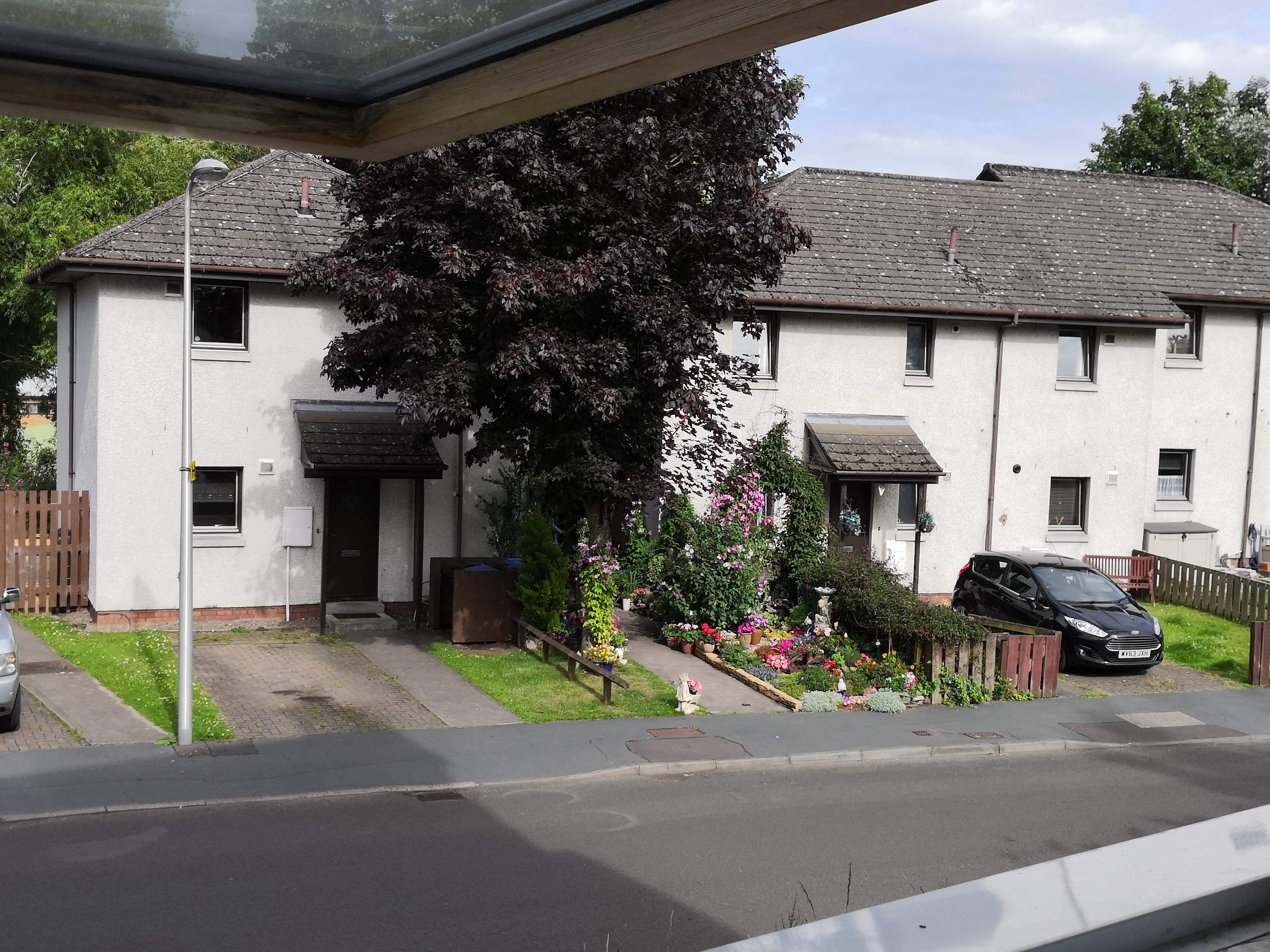why my neighbor’s tiny garden stirs up old memories and new debates
Every morning, I gaze out my kitchen window and see my neighbor’s little patch of paradise. Her garden, barely the size of a parking spot, bursts with colors that remind me of my grandmother’s backyard in Ohio—zinnias, marigolds, and the sweet scent of tomatoes ripening in the sun. It takes me back to summers spent barefoot in the grass, learning the names of flowers from my mother. But these days, things feel different. My neighbor uses raised beds and drip irrigation—methods my parents never dreamed of. She’s got solar lights and pollinator signs, while I still remember the old scarecrow and rain barrel. Sometimes, I wonder if these new ways are better, or if we’re losing something precious in the rush for efficiency. Our community is split. Some folks say her garden is too wild, not tidy enough for our HOA’s taste. Others argue she’s helping the bees and birds, and that’s more important than a perfect lawn. Last week, a letter from the association arrived, warning her about the "unruly" look. It’s a battle between tradition and change, between neatness and nature. As summer storms roll in and drought warnings flash on the news, I can’t help but think about what gardens mean to us—how they connect generations, spark debates, and heal old wounds. Maybe that’s why I love her garden so much. It’s not just about the flowers. It’s about the stories we plant, and the conversations that grow. #gardeningdebate #nostalgia #communityconflict #Gardening
2025-06-01
write a comment...
